Overview
Map
Other Details
كنيسة سيّدة البشارة القديمة
Darb Es-Sim
Saida
South
كنيسة سيّدة البشارة القديمة - درب السيمبنى الصليبيّون الكنيسة في القرن الثاني عشر بهندسةٍ دفاعيّةٍ، الكنيسة مؤلفة من سوقٍ واحدة بعقدٍ مصالبٍ. مع رحيل الصليبيّين أصبح البناء بيد مشايخ آل الجواد الشيعة الذين حافظوا عليه طوال قرون. مع قدوم الموارنة إلى البلدة في القرن الثامن عشر، أعاد لهم الشيخ منصور الجواد البناء، فأعادوا تكريس الكنيسة وبناء المذبح. خربت الكنيسة في أحداث ١٨٦٠ و١٩٨٥ ورمّمت مرّتين.لوحة سيّدة البشارة هي من محفوظات الكنيسة الجديدة، من عمل الرسّام أندريه نمّور.The old church of Our Lady of the Annunciation - Darb el SimThe church was built by the crusaders in the XIIth century. The structure consists of a single nave with a crossed vault, and many defensive elements. After the crusaders left, the structure was left with a feudal Shia family, the Sheikhs of Al Jawad. With the settlement of the Maronites in the village during the XVIIIth century, Sheikh Mansour Al Jawad gave them back the church. The Maronites reconsecrated it and built a new altar. The church was sabotaged during the wars of 1860 and 1985 and restored twice.The painting of the Annunciation is contemporary made by Andre Nammour.
Visited 3264 times, 3 Visits today



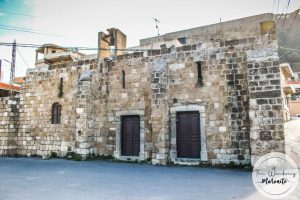
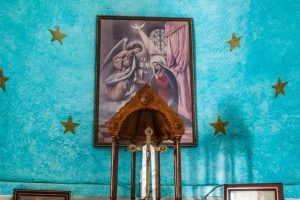
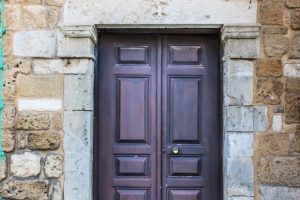
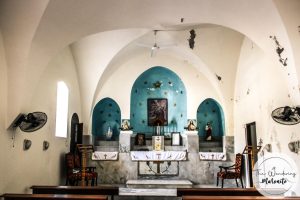
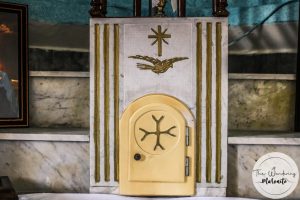





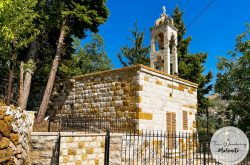

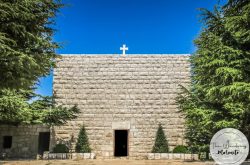
Reviews are disabled, but trackbacks and pingbacks are open.